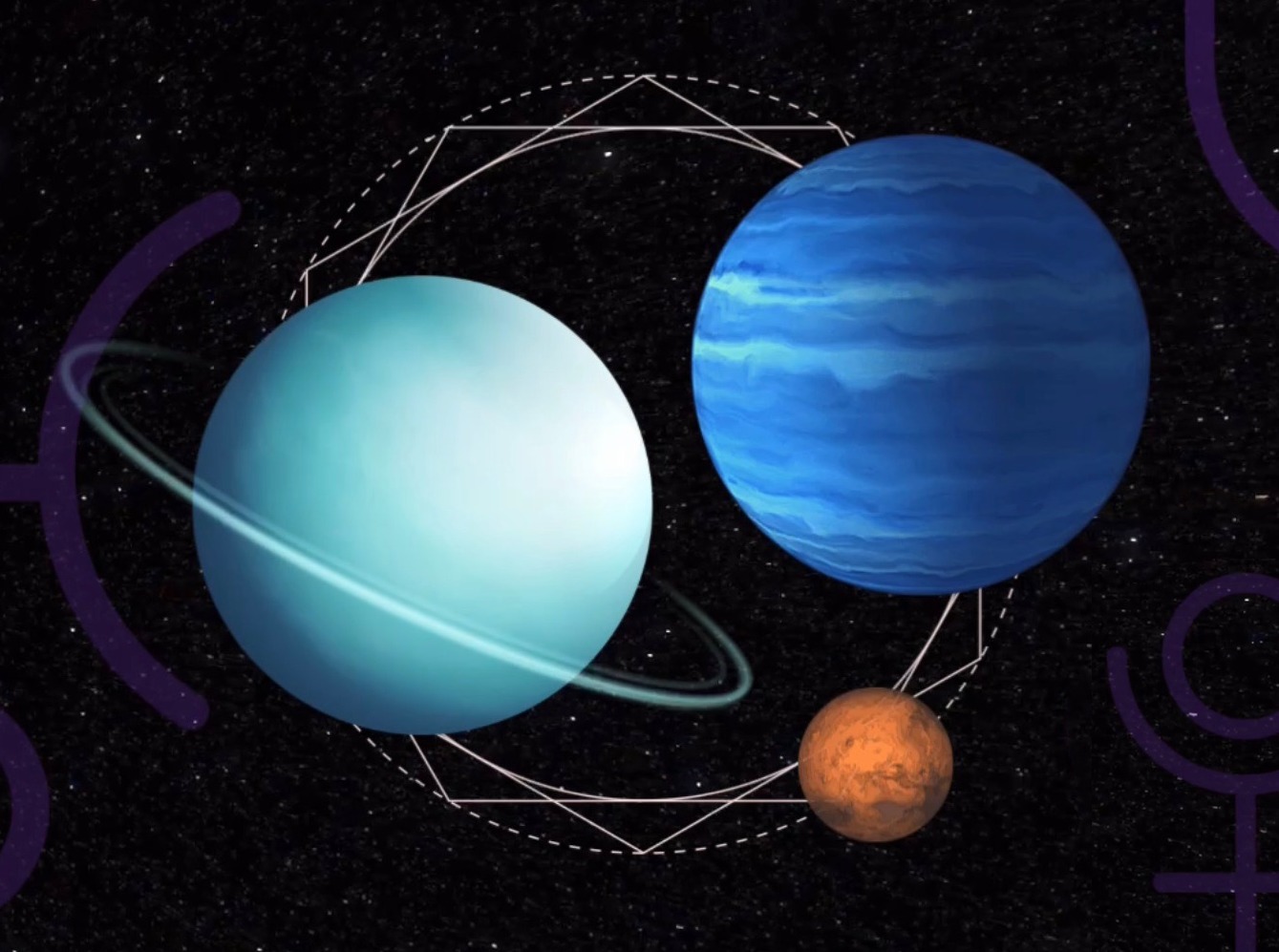Reading Children’s Charts
Master’s Musings, June 2024
Reading Children’s Charts
0:00
/
0:00
Master’s Musings
One of our more advanced students emailed me in a bit of a panic. She was about to do something she had never done before and that was to read the chart of a child. It was a paid professional session and the mother was due to sit with her later that day. What should she tell her? As an FCEA astrologer, the student was very well-grounded in theory. She felt she understood the chart. But how should she go about presenting the interpretation? Breaking it down, she faced two dilemmas.
First, children aren’t adults and so the language she was accustomed to using was going to need to change. What career advice do we give infants? What about any complications they’ll likely encounter in their sex lives?
The second dilemma was that understandably most parents tend to be protective and easily rattled by anything they perceive as a threat to their child’s wellbeing. What should the astrologer say if the child is an Aries with an 8th house Pluto squaring her Moon?
Our student suddenly realized that she was stepping into a potential minefield, or at least into uncharted territory. I’m glad she reached out to me. For one thing, it gave me a fine topic for my column and a chance to write a piece that will serve double-duty. We’ll integrate this essay into our school curriculum too.
What follows is a longer version of what I told her.
ABOVE ALL . . .
 The first point I want to put in the spotlight is very simple – we read a child’s chart in very much the same way that we read the chart of an adult. There are some differences and we’ll soon get to them, but essentially it’s the same process either way. Underlying this guideline is a salient metaphysical point: the age of the soul and the age of the physical body are unrelated. Every saint took birth as an infant. Young or old, when we look at a natal chart we are looking at the same two things: first, a symbolic representation of the soul’s karmic predicament and, second, a sense of how to get on with one’s evolution.
The first point I want to put in the spotlight is very simple – we read a child’s chart in very much the same way that we read the chart of an adult. There are some differences and we’ll soon get to them, but essentially it’s the same process either way. Underlying this guideline is a salient metaphysical point: the age of the soul and the age of the physical body are unrelated. Every saint took birth as an infant. Young or old, when we look at a natal chart we are looking at the same two things: first, a symbolic representation of the soul’s karmic predicament and, second, a sense of how to get on with one’s evolution.
The aim of evolutionary astrology is to support that soul-growth. To do that, we have to look at everyone through wiser, more conscious eyes than the world does – young or old, they’re souls on a journey. We make that philosophical approach clear to the parents right from the start. As we read the child’s chart, we’re not talking to a baby, we’re talking to a soul. Just like the mom or dad, this ancient being has now launched its boat on the stormy seas of life. As astrologers, we cannot protect anyone from that reality, but we can help them to navigate it in the most painless way possible. Meanwhile, we won’t let “baby talk” blind us to any of these deeper truths.
To make that perspective clearer, there’s a simple riff I almost always use at the beginning of a chart presentation to the parents of a youngster. (And as with all of my riffs, feel free to use it yourself without attribution or, even better, to create one of your own.)
As usual, I am recording the reading – a fact which takes on another level of practical importance, as you’ll soon see.
Let’s say the chart belongs to an infant rather than to an older kid. As I start the recording, I address the child directly by name, then I add, “as I say these words, you’re still in diapers and therefore little young to understand me. I still want to honor the fact that this is your chart and no one else’s. That’s why I am addressing you directly. My hope is that someday, decades down the road, you’ll find this recording and listen to it. I hope that you’ll derive some help and some spiritual encouragement from it. Until then, out of respect for you I will aim my words directly at you – but I may make a few side comments to your parents from time to time about how they can help you get off on the right foot in this life.
“That’s just a hundred words or so and it only takes a few seconds to say them, but of course even though we purport to be speaking directly to the child,” the parents are actually the ones who are listening. This little speech helps to create the right mindset in them and that’s the whole point. We’ve helped them see that this isn’t a baby we’re talking about, it’s a soul.
And of course, whether or not it ever actually happens, we are sincere in our hopes that the child will hear the reading one day. That wasn’t a lie. Let’s just call it a convenient truth.
BUT IT’S REALLY JUST A KID . . .
 There are certain basic needs that all children have. Presumably any parent engaged enough with their son or daughter to be having a reading in the first place will be aware of them. These are obvious things, with love always topping the list. Add a reasonable sense of security, some training about safety and the social customs that govern society. Discipline of some sort is mission-critical in child rearing. We need to convey the idea that actions have consequences or that kid will be in serious trouble later on in life.
There are certain basic needs that all children have. Presumably any parent engaged enough with their son or daughter to be having a reading in the first place will be aware of them. These are obvious things, with love always topping the list. Add a reasonable sense of security, some training about safety and the social customs that govern society. Discipline of some sort is mission-critical in child rearing. We need to convey the idea that actions have consequences or that kid will be in serious trouble later on in life.
All of that is pretty obvious and so there’s no pressing need for the astrologer to spend much time banging those drums. Where it gets more interesting is when we wrestle with some of the tougher questions that all parents face, especially ones that do not have clear answers. That’s where astrology – and the child’s chart – enter the equations. For example, let’s say a nine-year-old boy wants to camp overnight in a tent in the suburban backyard of his best friend. Should the parent give permission or not? On the downside, in that kind of unsupervised night time situation, a pair of nine year olds could potentially face some dangers that they were not equipped to handle. On the other hand, adventures can build character, self-confidence, and maturity.
What’s the right parental call? Are we being too protective – or not protective enough?
Here I’ll simplify astrology like crazy just to make my core point as clearly as I can. If the boy is an Aries, go ahead and bless the backyard camping trip – that child is here on Earth to learn about courage and nobody learns much about it without facing a spot of danger.
On the other hand, if the boy’s Sun is in Cancer, it’s quite possible that deep down he is hoping that you’ll say no – that way, he can save face with his bestie by blaming you for blocking the trip, and still be safe at home in his bed that night.
In that situation, in the eyes of the Aries child, granting permission for that backyard adventure might seem like an expression of faith in him and respect for his autonomy, while to the Cancer, it might feel like abandonment – or you just “not caring.”
The essential point is that each soul needs different kinds of experience in order to grow. That’s true whether you’re an infant, you’re at the height of your powers, or you’re living in a rest home. All kids need love – but not all of them need to spend a night in a tent in the backyard.
When it comes to reading the charts of children, it’s in these kinds of parenting gray areas – places where judgment calls need to be made – that astrology really shines.
Here’s another example, one that brings us right into the raw heart of life. Say the parental marriage encounters a threadbare patch. Mom is feeling neglected while dad is feeling exploited and misunderstood. Maybe they’ll work it out, maybe not. Either way, because of that intimate tension there’s a bad vibe in the house.
Just try keeping that truth from a Plutonian child! You will surely fail.
Guaranteed, kids who are wired in that Plutonian way will sense those tense undercurrents – and there’s a good chance that they will overreact emotionally and misinterpret what’s going on, perhaps making it even worse in their minds than it actually is. Worse than that, those kids may very well bottle up their feelings. All you’ll see is a cryptic mood and a bad attitude.
In such a case, it would be far better for mom to speak honestly to the kid, “Sometimes your father drives me crazy. We’re having a hard time. Life sucks sometimes. We’re trying to work it out.” Put the truth on the table, in other words. That’s healthier for everyone, kids included – at least for those children who are born into that Scorpio/Pluto/8th house tribe.
Just as with those two boys contemplating a night in a tent in the backyard, in this situation the parents are faced with a tricky judgment call. If our marriage is on shaky ground, is it best to hide that from the children in order to avoid scaring them or to be honest about it? With questions such as any of these, beware above all of any paperback writer trying to sell you one-size-fits-all answers. A specific understanding of the children’s charts helps us know what’s ultimately best for them as evolving individuals.
Perhaps even better, such astrological understanding can help the parents avoid the trap of “their best intentions” actually damaging a child. For example, parents could blunder by lying about the actual state of their marriage “so little Tracy doesn’t feel insecure or get frightened.” That might possibly be best if “little Tracy” is a Libra or a Taurus, but not if there’s much Scorpionic energy in the kid’s chart.
AT WHAT AGE DO WE ACTUALLY SIT WITH THE CHILD?
 When kids get into their teenage years, the ethics around whether we should be doing readings for them directly or doing them for their parents begin to get murky. Confidentiality is naturally a cornerstone in all counseling work, but there’s a general consensus that, while the principle is sacrosanct with adults, it’s more flexible with children. That’s for the obvious reason that children benefit from adult protection and guidance, at least until they are ready to launch themselves into independent life.
When kids get into their teenage years, the ethics around whether we should be doing readings for them directly or doing them for their parents begin to get murky. Confidentiality is naturally a cornerstone in all counseling work, but there’s a general consensus that, while the principle is sacrosanct with adults, it’s more flexible with children. That’s for the obvious reason that children benefit from adult protection and guidance, at least until they are ready to launch themselves into independent life.
But when are they “ready” to have a private reading with you? There is no clear answer to that question. Maybe the only thing that is actually clear is that the answer is not a specific age. It’s not a number. Everything depends on the particular child.
In my own practice, here’s how I’ve handled it – and I wouldn’t “legislate” any of this in terms of how you or any other astrologers might practice. Basically, I’ve had “an official policy” – and I’ve also been willing to break my own rules whenever that intuitively felt like the right course.
“Officially,” I’ve had a kind of blackout age-range in which I would not do any kind of reading for the young person. That range starts around puberty and lasts until age twenty-one. Before that, I’d gladly do the child’s reading for the parents. After that period, I’d gladly sit with the young adult. In between, I’d simply say “let’s wait.” This policy is entirely based on my utmost respect for the principle of confidentiality.
When I was a teenager, there were all sorts of things about me I would not have wanted my parents to know. If I respect that boundary in myself, I feel I have to respect it in others too.
What about breaking my own rules?
I’ve known some people in their mid-teens who I sensed were advanced souls. They were already a lot more mature in every way than some folks in midlife. If they – not their parents – ask me for a reading, I am honored to do one. The key here is obviously that I have to have a personal acquaintance with the child.
THE HEART OF THE MATTER
 Note that underlying all of these suggestions is a piece of practical strategy for the presentation of a child’s reading to the parents. You toggle back and forth between two linguistic orientations:
Note that underlying all of these suggestions is a piece of practical strategy for the presentation of a child’s reading to the parents. You toggle back and forth between two linguistic orientations:
You address the child directly “for listening down the road,” presenting essentially a normal adult chart interpretation. The parents are actually the ones listening, but by speaking directly to the child, you are compelling them to step out of the “this is our baby” paradigm. You are also actually creating a kind of “time capsule” for when the kid has crossed the line into adulthood.
You make “side comments” to the parents about how to best support the child’s development based on the child’s unique psychological and evolutionary situation. That’s how you compensate for the otherwise-adult language of the reading.
COACHING: THE PARENT AS ROLE MODEL
Rhiannon is ten years old. She’s a Pisces with the Moon in the 12th house and Neptune on her Ascendant. You’re her mom. You sit down to meditate. Rhiannon pipes up and says she’s hungry and would like to have her lunch. You open your eyes and gently say to her, ”I promise I’ll fix your lunch soon. First I need to have a little talk with God.” You close your eyes again – not for long, just a minute or two. Then you get up and make lunch.
You’ve just normalized “having a little talk with God” and demonstrated to Rhiannon what such a process looks like. In this agitated, materialistic world, you just gave your daughter a supportive foundation for taking care of herself throughout the rest of her life.
That’s one example of how parents – especially parents informed by knowledge of their child’s chart – can demonstrate positive, helpful behaviors, and do it at the optimal time. That’s when the child is young and still learning how to be human, mostly by watching mom and dad. This is also a good example of the kinds of “side comments” I make to the parents in the course of a presentation.
Let me take this “role model” idea further with three quick personal examples. Here’s a photo of my father landing a biplane that he and a friend of his built with their own hands.
If you know your old movies, while I was growing up I thought of my dad like Errol Flynn in Dawn Patrol. I never got my own pilot’s license, but having a father like him really helped me get off on the right foot with my 4th house Aries Moon. I needed a hero and I had one. Dad had an Aquarian Mars on his Midheaven, so he played this role naturally. The universe often works that way – you have the parents you have for a reason.
I’ve got a Sun-Neptune square. One of the wisest things my mother and father did when I was growing up was occasionally to serve me a small glass of wine at dinner. It didn’t happen often – only, as I recall, when mom had made spaghetti. But they modeled social drinking for me. I’m afraid that if I had been raised by tea-totallers, when I hit college my naïveté about alcohol might have gotten me into trouble. Again, they were helpful role-models.
My third personal example is of a way my parents failed me, even though they were trying to do what they thought was best. Only one time during the entirety of my childhood did I see them have a tiff – and as tiffs go, it was practically nothing. I just remember the four of us – I have a younger sister – sitting at the dinner table and my father getting up and stomping out of the kitchen. I have no idea what happened between my parents, but obviously there was some kind of emotional disagreement.
Why do I view the nearly-relentless domestic harmony I experienced as a child as a failure on my parents’ part? I believe two things – first, that some degree of honest conflict is part of any deep relationship and, second, that there is a necessary skill-set for handling such negotiations productively. (I’d be the first to admit that my own Aries Moon, Mars in the 3rd house, and Scorpio Ascendant perhaps further “underscore” that need in me.)
Because of the apparent equanimity of my parents’ marriage, I learned nothing about what healthy conflict looks like. I wish my parents had taught me a few things about it by the example of them working through their issues in front of me. I wish I had seen them angry and frustrated with each other – but still able to listen and work together toward balanced, loving answers that worked fairly for both of them.
 But they never showed me how to do that.
But they never showed me how to do that.
Is that all just about me and my own nature? Probably. Maybe if I had seven planets in Libra and the rest of them in Taurus, it would be different. And that’s the point: each child has different needs and a different nature. An astrologer can help the parents sort out the slippery questions of child rearing in a way that’s actually supportive of that particular child’s ultimate evolutionary aspirations.
Meanwhile, always remember that many years after you sit with a newborn baby’s parents, that grown-up child will be faced with some kind of crossroads in life. Maybe they find the recording of that long-ago session. Maybe it will make a difference. Maybe they’ll smile at the subtle wisdom you displayed in actually doing an adult interpretation of their chart, all the while letting the parents think that you were talking about their little kid.
Steven Forrest
June 2024


 The first point I want to put in the spotlight is very simple – we read a child’s chart in very much the same way that we read the chart of an adult. There are some differences and we’ll soon get to them, but essentially it’s the same process either way. Underlying this guideline is a salient metaphysical point: the age of the soul and the age of the physical body are unrelated. Every saint took birth as an infant. Young or old, when we look at a natal chart we are looking at the same two things: first, a symbolic representation of the soul’s karmic predicament and, second, a sense of how to get on with one’s evolution.
The first point I want to put in the spotlight is very simple – we read a child’s chart in very much the same way that we read the chart of an adult. There are some differences and we’ll soon get to them, but essentially it’s the same process either way. Underlying this guideline is a salient metaphysical point: the age of the soul and the age of the physical body are unrelated. Every saint took birth as an infant. Young or old, when we look at a natal chart we are looking at the same two things: first, a symbolic representation of the soul’s karmic predicament and, second, a sense of how to get on with one’s evolution.  There are certain basic needs that all children have. Presumably any parent engaged enough with their son or daughter to be having a reading in the first place will be aware of them. These are obvious things, with love always topping the list. Add a reasonable sense of security, some training about safety and the social customs that govern society. Discipline of some sort is mission-critical in child rearing. We need to convey the idea that actions have consequences or that kid will be in serious trouble later on in life.
There are certain basic needs that all children have. Presumably any parent engaged enough with their son or daughter to be having a reading in the first place will be aware of them. These are obvious things, with love always topping the list. Add a reasonable sense of security, some training about safety and the social customs that govern society. Discipline of some sort is mission-critical in child rearing. We need to convey the idea that actions have consequences or that kid will be in serious trouble later on in life.  When kids get into their teenage years, the ethics around whether we should be doing readings for them directly or doing them for their parents begin to get murky. Confidentiality is naturally a cornerstone in all counseling work, but there’s a general consensus that, while the principle is sacrosanct with adults, it’s more flexible with children. That’s for the obvious reason that children benefit from adult protection and guidance, at least until they are ready to launch themselves into independent life.
When kids get into their teenage years, the ethics around whether we should be doing readings for them directly or doing them for their parents begin to get murky. Confidentiality is naturally a cornerstone in all counseling work, but there’s a general consensus that, while the principle is sacrosanct with adults, it’s more flexible with children. That’s for the obvious reason that children benefit from adult protection and guidance, at least until they are ready to launch themselves into independent life. Note that underlying all of these suggestions is a piece of practical strategy for the presentation of a child’s reading to the parents. You toggle back and forth between two linguistic orientations:
Note that underlying all of these suggestions is a piece of practical strategy for the presentation of a child’s reading to the parents. You toggle back and forth between two linguistic orientations:
 But they never showed me how to do that.
But they never showed me how to do that. 

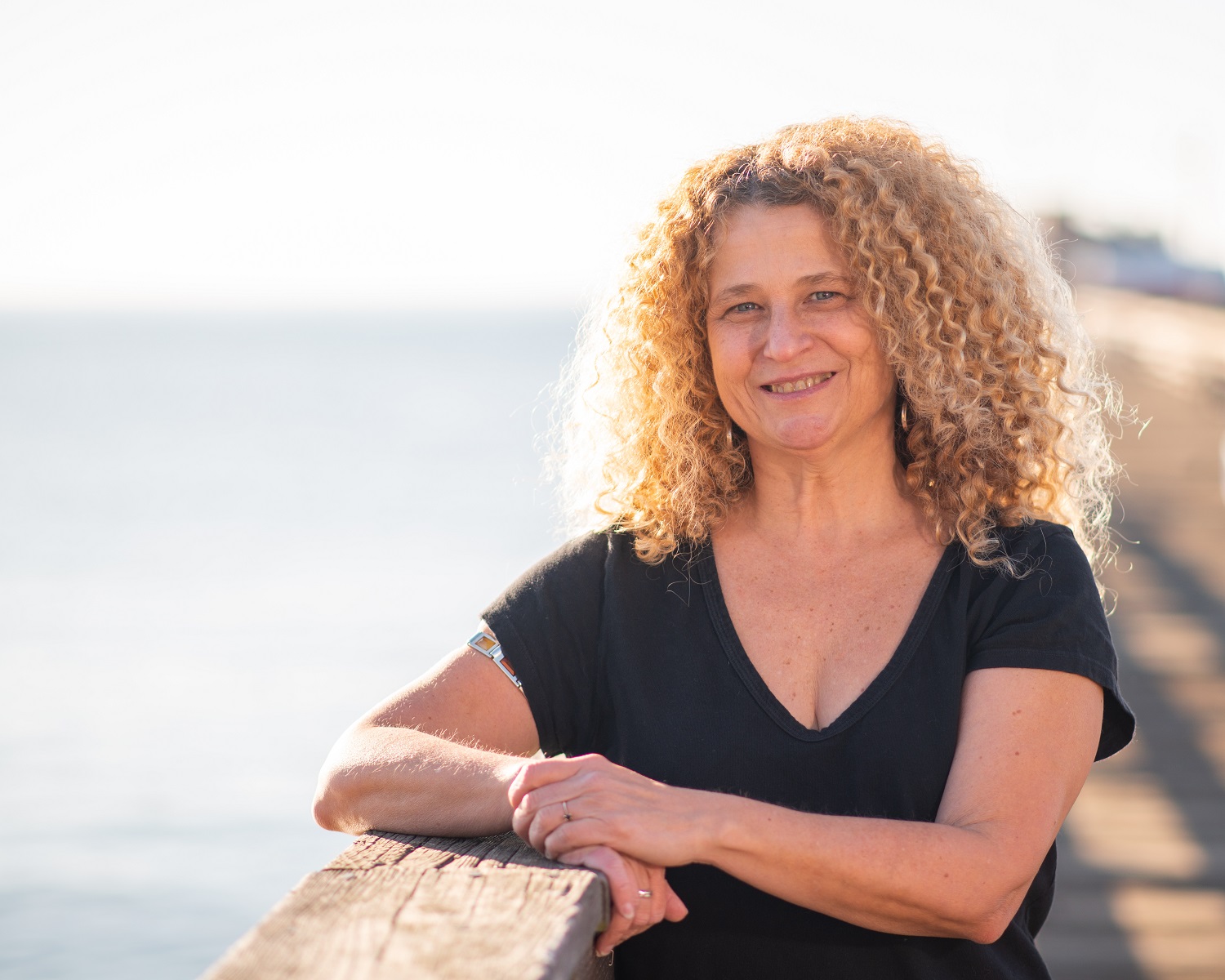
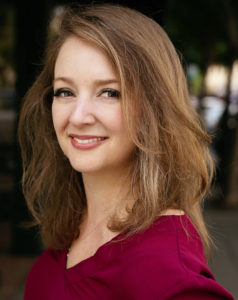 Jackie Johansen, an FCEA master-certified evolutionary astrologer, holds a Master’s Degree in Jungian Depth Psychology. She has been a mental health professional for over ten years. I have had the pleasure to work with Jackie throughout her studies and recently as she transitioned into tutorial instruction. Jackie brings such a loving, caring heart-centered approach to her work with students. Always gentle, always positive and encouraging, Jackie embodies the soul of a true teacher. We are so pleased to have Jackie expand her skills in mentoring by serving as an FCEA tutor.
Jackie Johansen, an FCEA master-certified evolutionary astrologer, holds a Master’s Degree in Jungian Depth Psychology. She has been a mental health professional for over ten years. I have had the pleasure to work with Jackie throughout her studies and recently as she transitioned into tutorial instruction. Jackie brings such a loving, caring heart-centered approach to her work with students. Always gentle, always positive and encouraging, Jackie embodies the soul of a true teacher. We are so pleased to have Jackie expand her skills in mentoring by serving as an FCEA tutor. 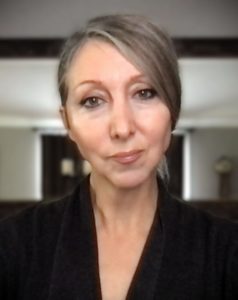 Sophie Salaniat is equally wise and talented and we are blessed to have her join our FCEA team. Sophie has had a passion for astrology for thirty years, bringing a practical skill set so important as a tutor. She, too, is an FCEA master-certified evolutionary astrologer, grounded in Steve Forrest’s methods. I have read Sophie’s nurturing and supportive feedback, always revealing a love and commitment to our FCEA students. We feel so fortunate to have her gifts of wisdom and her nurturing support in the difficult work of training choice-centered and caring evolutionary astrologers.
Sophie Salaniat is equally wise and talented and we are blessed to have her join our FCEA team. Sophie has had a passion for astrology for thirty years, bringing a practical skill set so important as a tutor. She, too, is an FCEA master-certified evolutionary astrologer, grounded in Steve Forrest’s methods. I have read Sophie’s nurturing and supportive feedback, always revealing a love and commitment to our FCEA students. We feel so fortunate to have her gifts of wisdom and her nurturing support in the difficult work of training choice-centered and caring evolutionary astrologers.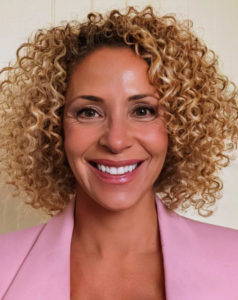 Finally, I welcome Lidia Ranieri as she joins us as a tutor in our FCEA team. Lidia has a wealth of professional experience as a counselor and coach, having earned a Master’s Degree in Coaching Psychology. Lidia is an FCEA master-certified evolutionary astrologer talented at integrating the details of chart analysis, while also bringing to her work the heart of a loving counselor. A former AP student of Steven Forrest, she is thoroughly grounded in his methodology. I have been most fortunate to follow Lidia’s work as a student and tutor and I am very excited to have her wisdom and skills in the FCEA classroom.
Finally, I welcome Lidia Ranieri as she joins us as a tutor in our FCEA team. Lidia has a wealth of professional experience as a counselor and coach, having earned a Master’s Degree in Coaching Psychology. Lidia is an FCEA master-certified evolutionary astrologer talented at integrating the details of chart analysis, while also bringing to her work the heart of a loving counselor. A former AP student of Steven Forrest, she is thoroughly grounded in his methodology. I have been most fortunate to follow Lidia’s work as a student and tutor and I am very excited to have her wisdom and skills in the FCEA classroom.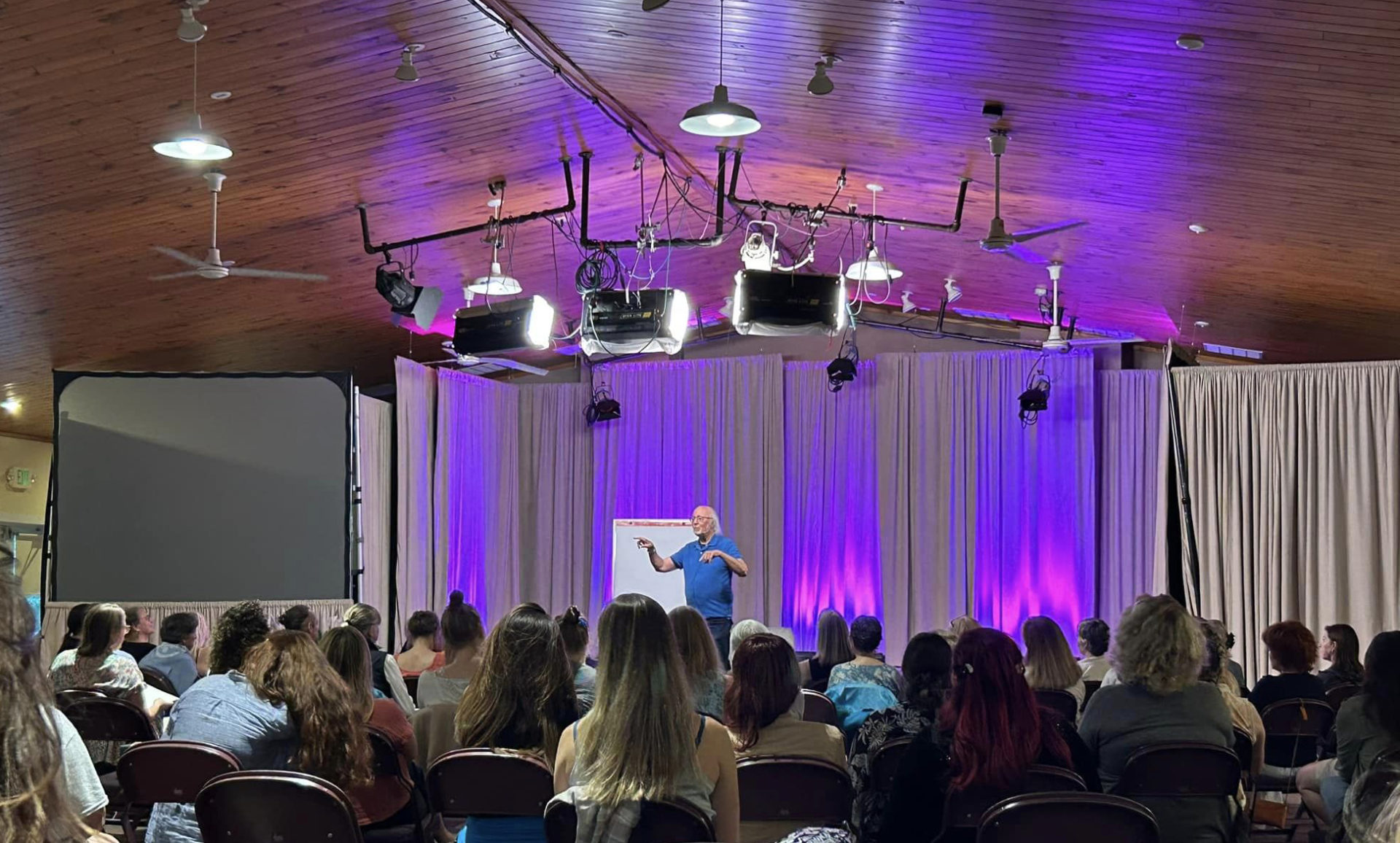
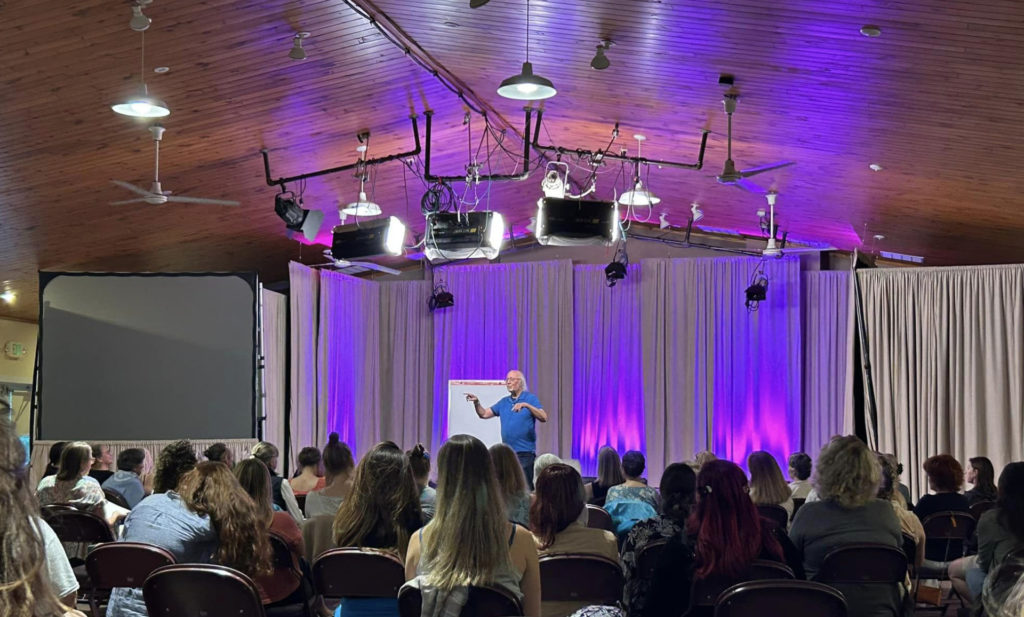

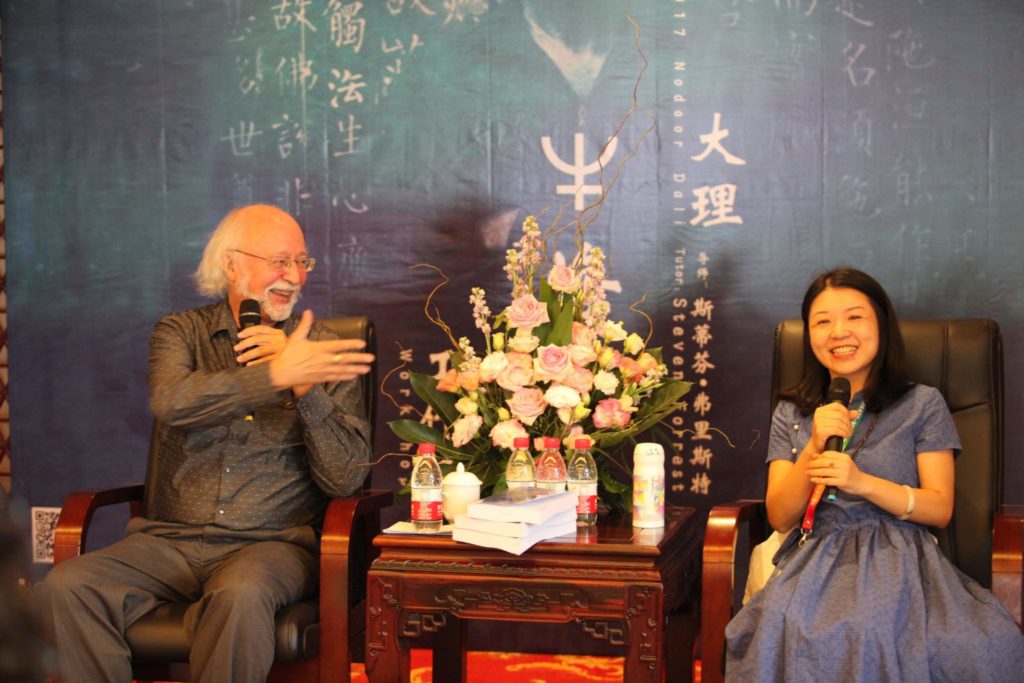




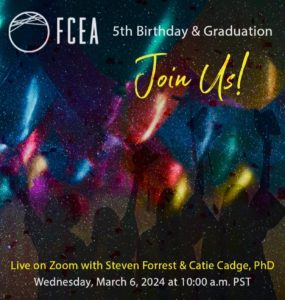 But first, a graduation ceremony is in order and what better day than March 6th to celebrate our initial cohort’s graduation? For those curious about chart details, we recognize February 14th, at 1:00 pm Pacific time, as the official time of graduation for the “class of 2024.” But given the special significance of March 6th for the FCEA and for Steven and myself, we are holding a celebration on Zoom at 10 am Pacific time that day. The event is open to the public —
But first, a graduation ceremony is in order and what better day than March 6th to celebrate our initial cohort’s graduation? For those curious about chart details, we recognize February 14th, at 1:00 pm Pacific time, as the official time of graduation for the “class of 2024.” But given the special significance of March 6th for the FCEA and for Steven and myself, we are holding a celebration on Zoom at 10 am Pacific time that day. The event is open to the public —
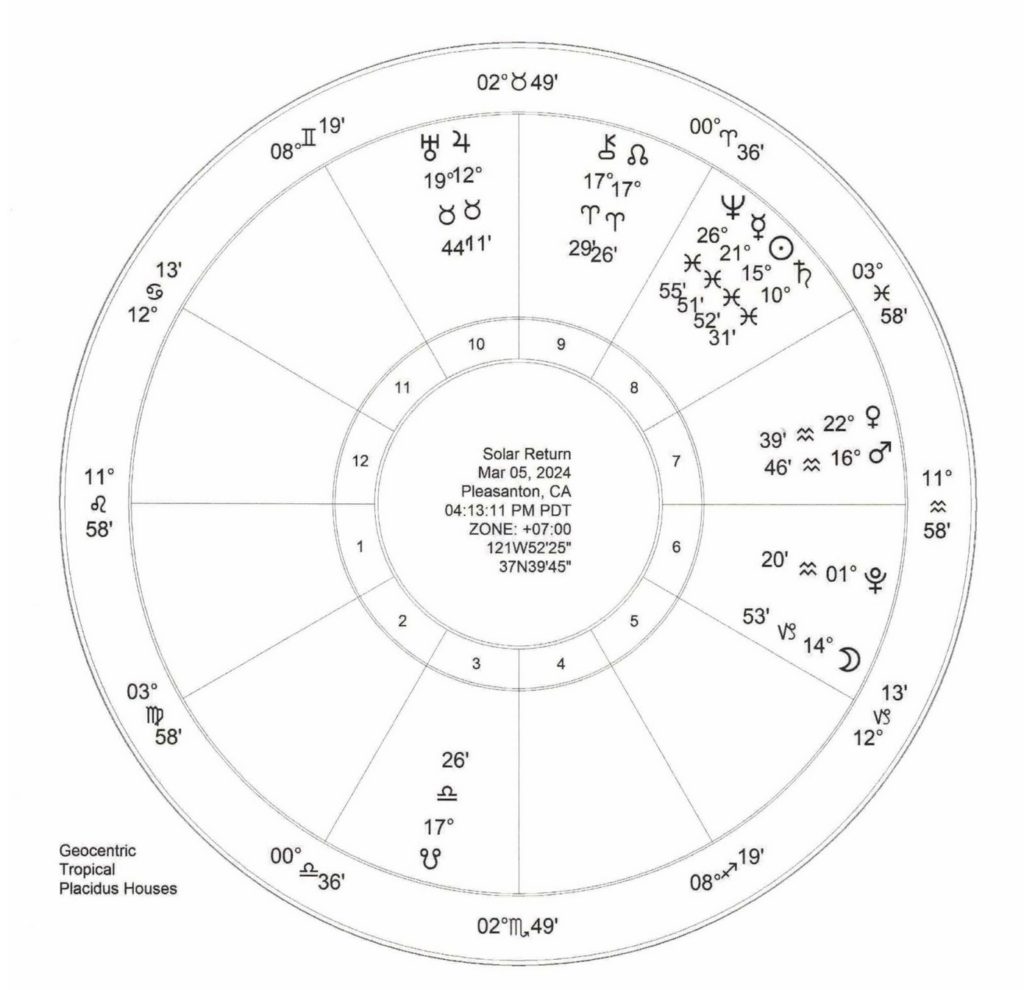
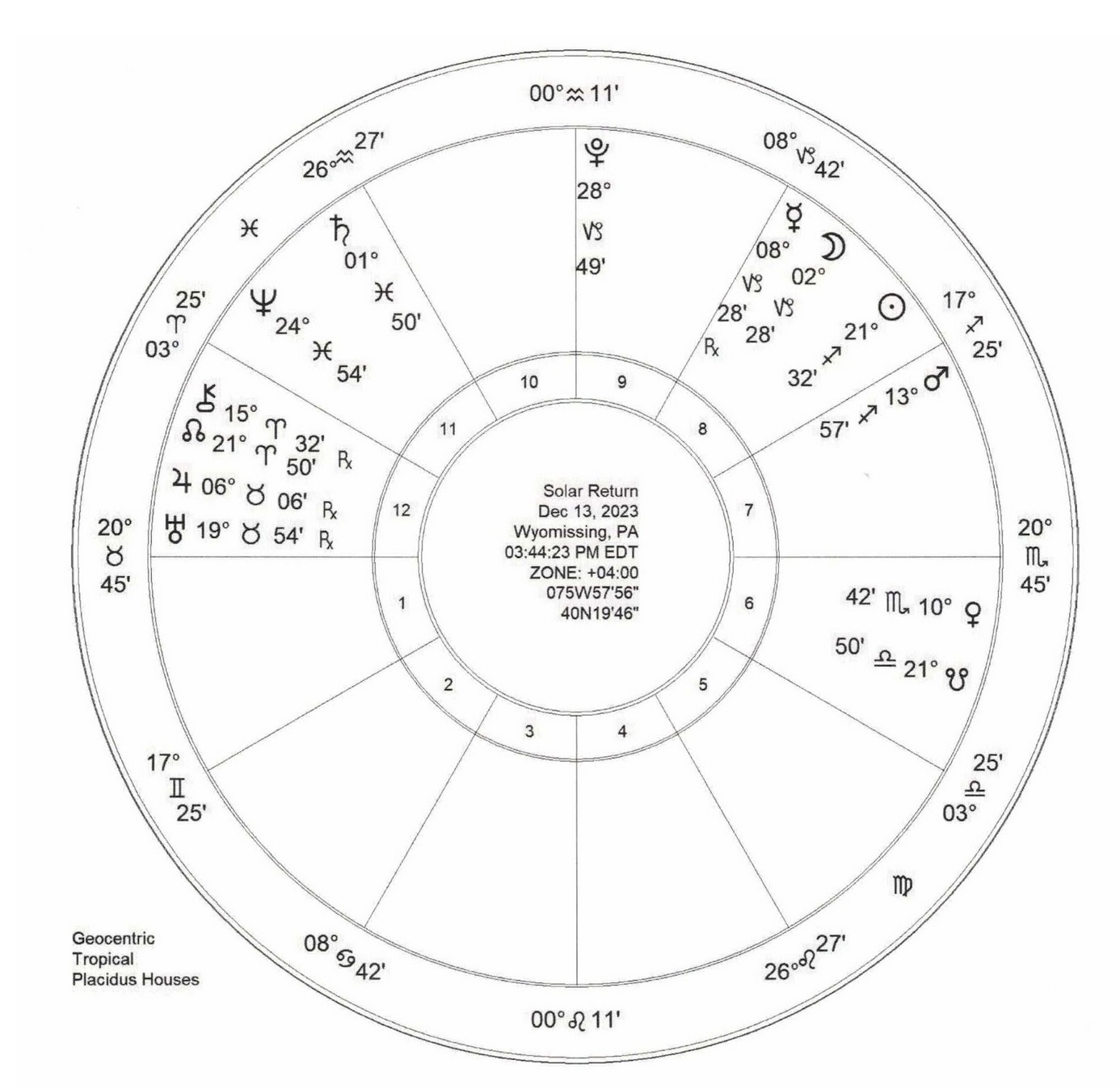
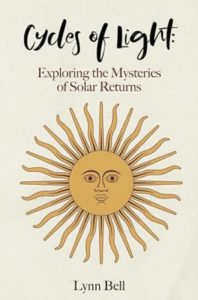 One can delve more deeply into solar return charts than I have in this quick overview of the technique. Again, all of our basic evolutionary principles apply – we just have to make sure we are aiming them in the right direction, which is to focus our sense of our soul-aims for a given year.
One can delve more deeply into solar return charts than I have in this quick overview of the technique. Again, all of our basic evolutionary principles apply – we just have to make sure we are aiming them in the right direction, which is to focus our sense of our soul-aims for a given year. 
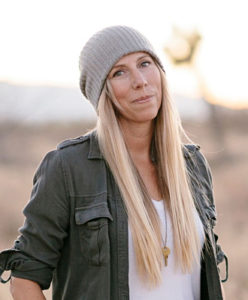
 Another positive project we are implementing is making course reading lists and requirements available to students in advance through an expansion of our Student Resources tab on our website. Right now, you can use the Student Resources page to access links and information about student calls and join the 103 waiting list for those who have completed 101 and 102. We are compiling information from each course, so that you will be able to look ahead and plan the time needed for your studies before the class opens. Of course, all of our courses clearly state course completion criteria in the course, as well, at the top of the Moodle course and, if an exam is part of the requirements, at the end of the Moodle course. Please read the course material closely. But this new forthcoming feature on our website will also help you look ahead and consider the work in store for your next FCEA course. We hope to have these new additional resources up for you soon.
Another positive project we are implementing is making course reading lists and requirements available to students in advance through an expansion of our Student Resources tab on our website. Right now, you can use the Student Resources page to access links and information about student calls and join the 103 waiting list for those who have completed 101 and 102. We are compiling information from each course, so that you will be able to look ahead and plan the time needed for your studies before the class opens. Of course, all of our courses clearly state course completion criteria in the course, as well, at the top of the Moodle course and, if an exam is part of the requirements, at the end of the Moodle course. Please read the course material closely. But this new forthcoming feature on our website will also help you look ahead and consider the work in store for your next FCEA course. We hope to have these new additional resources up for you soon.